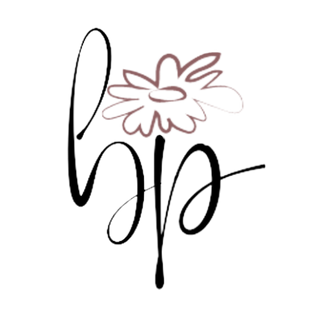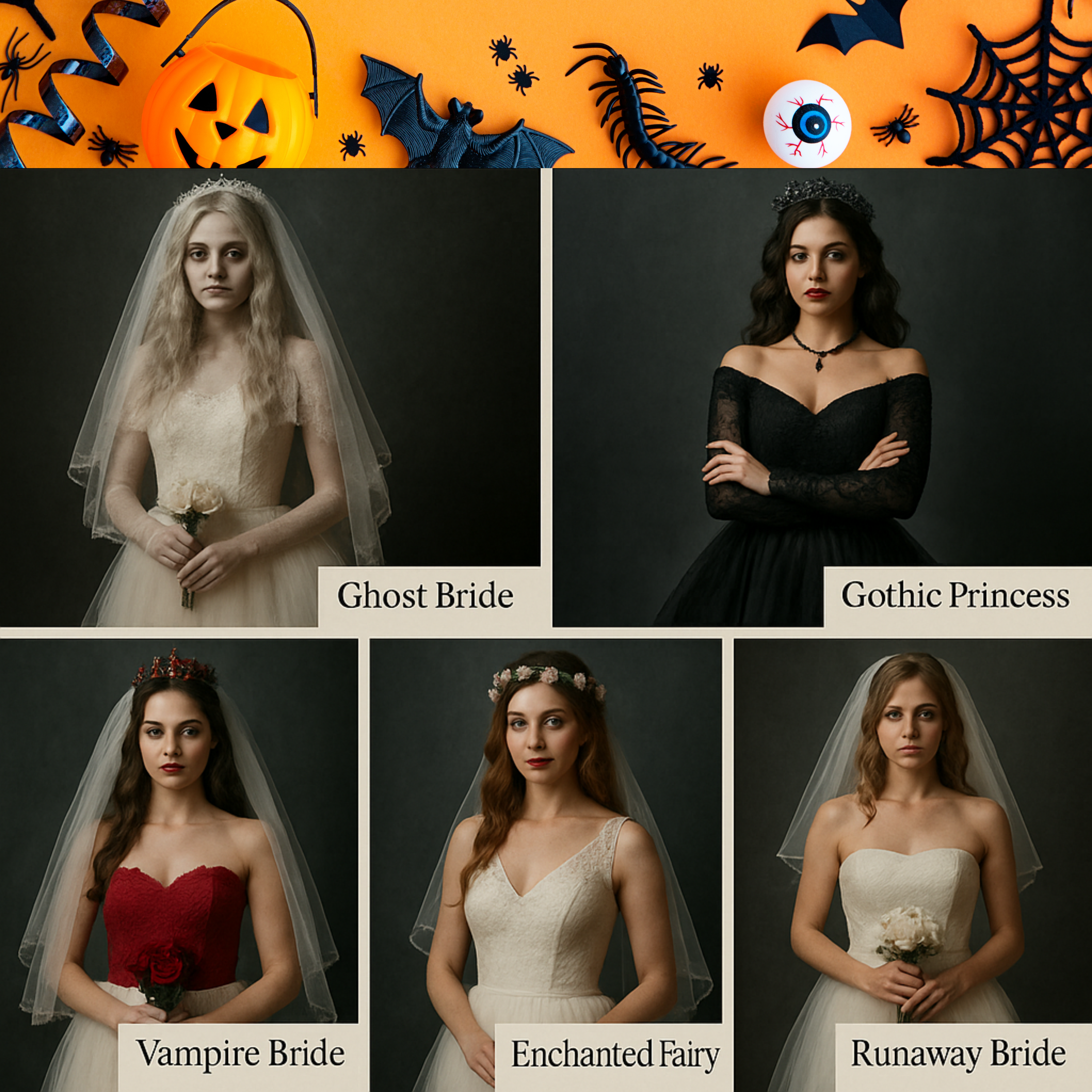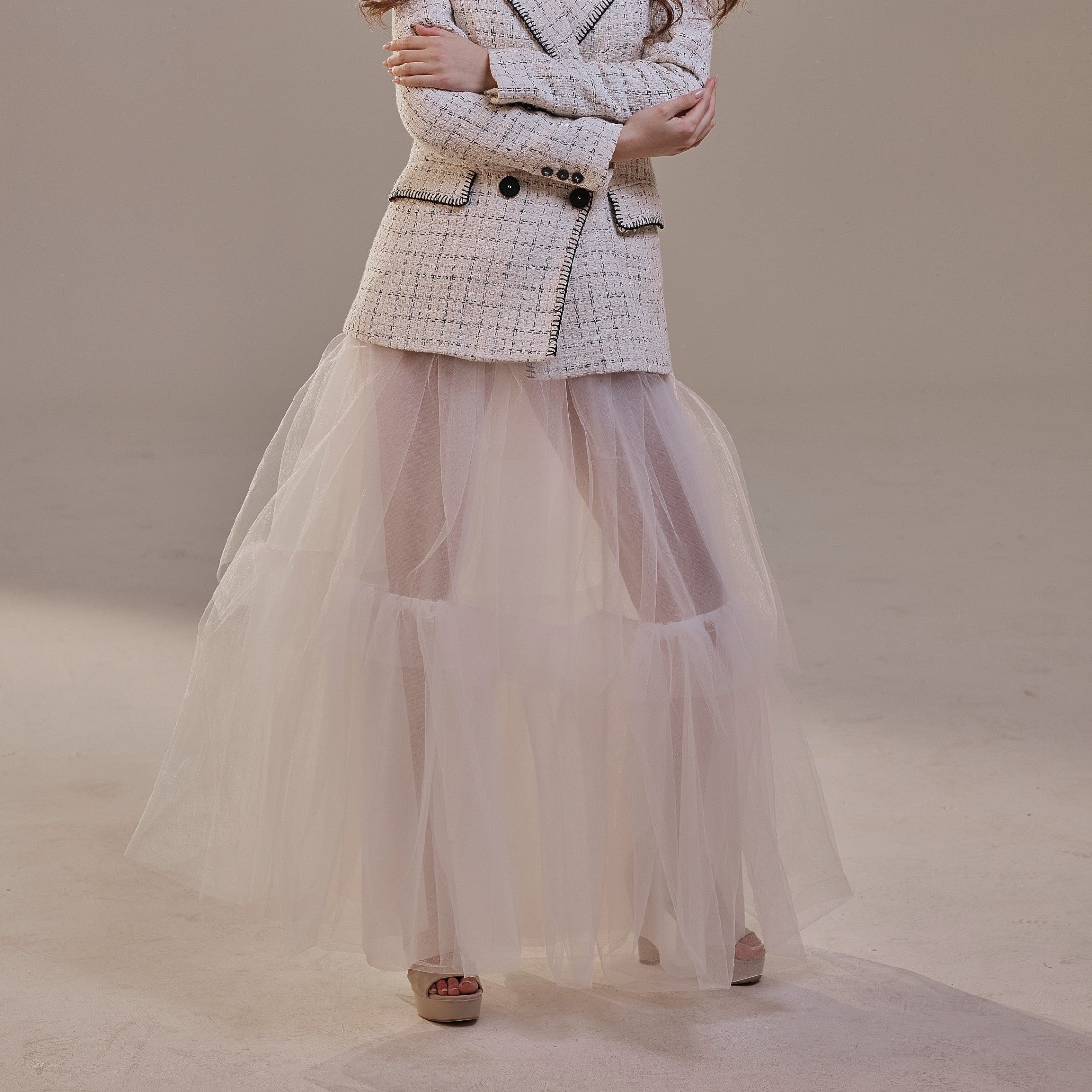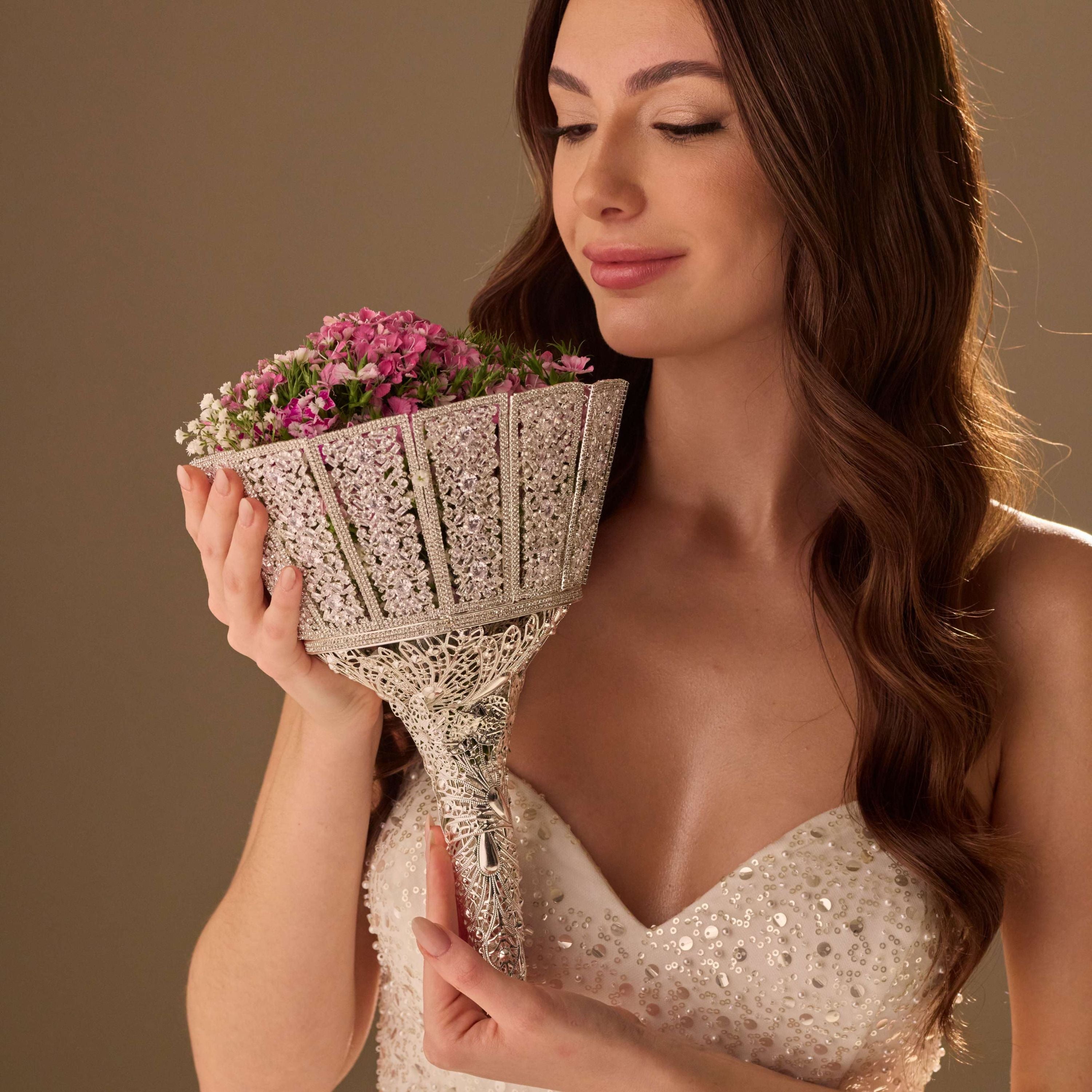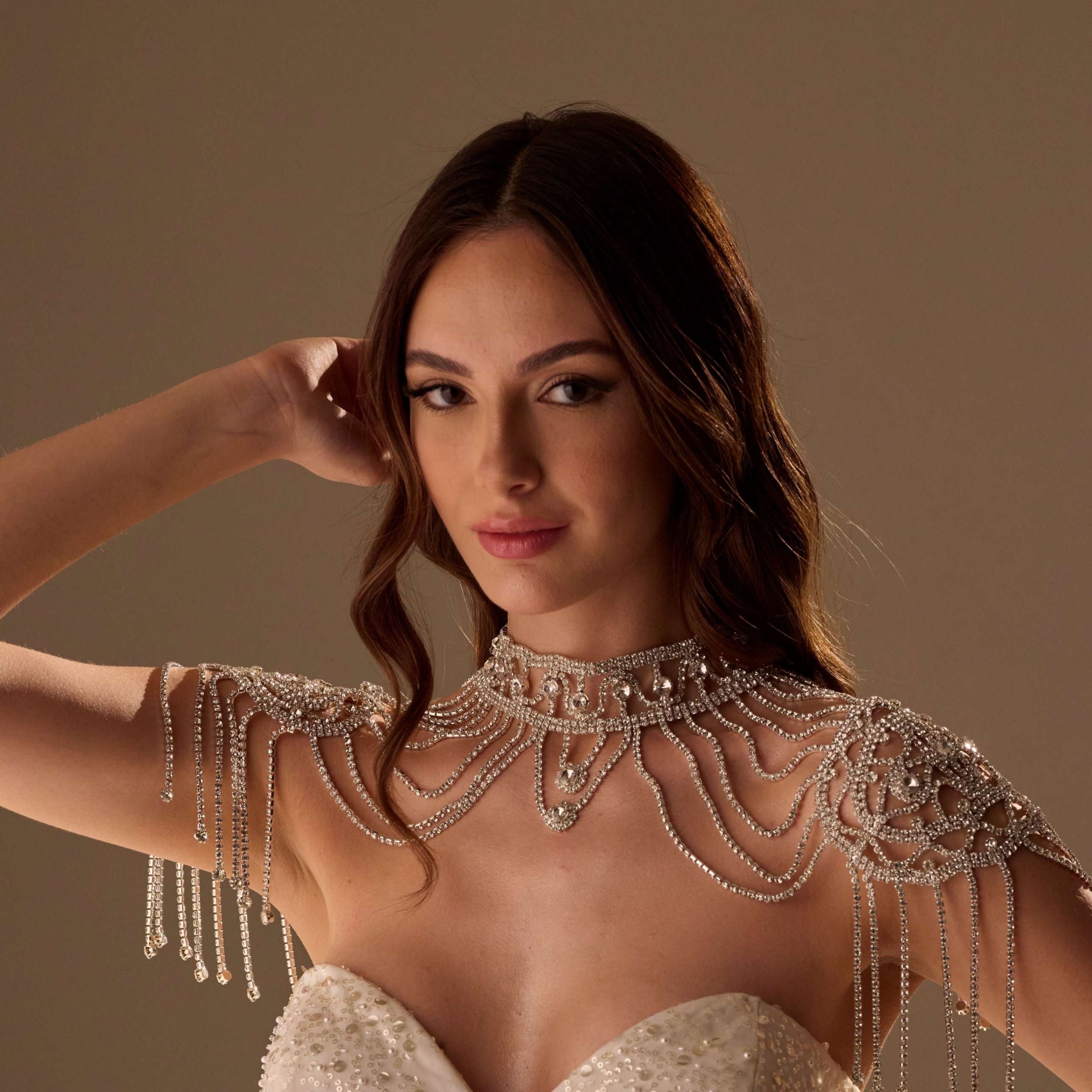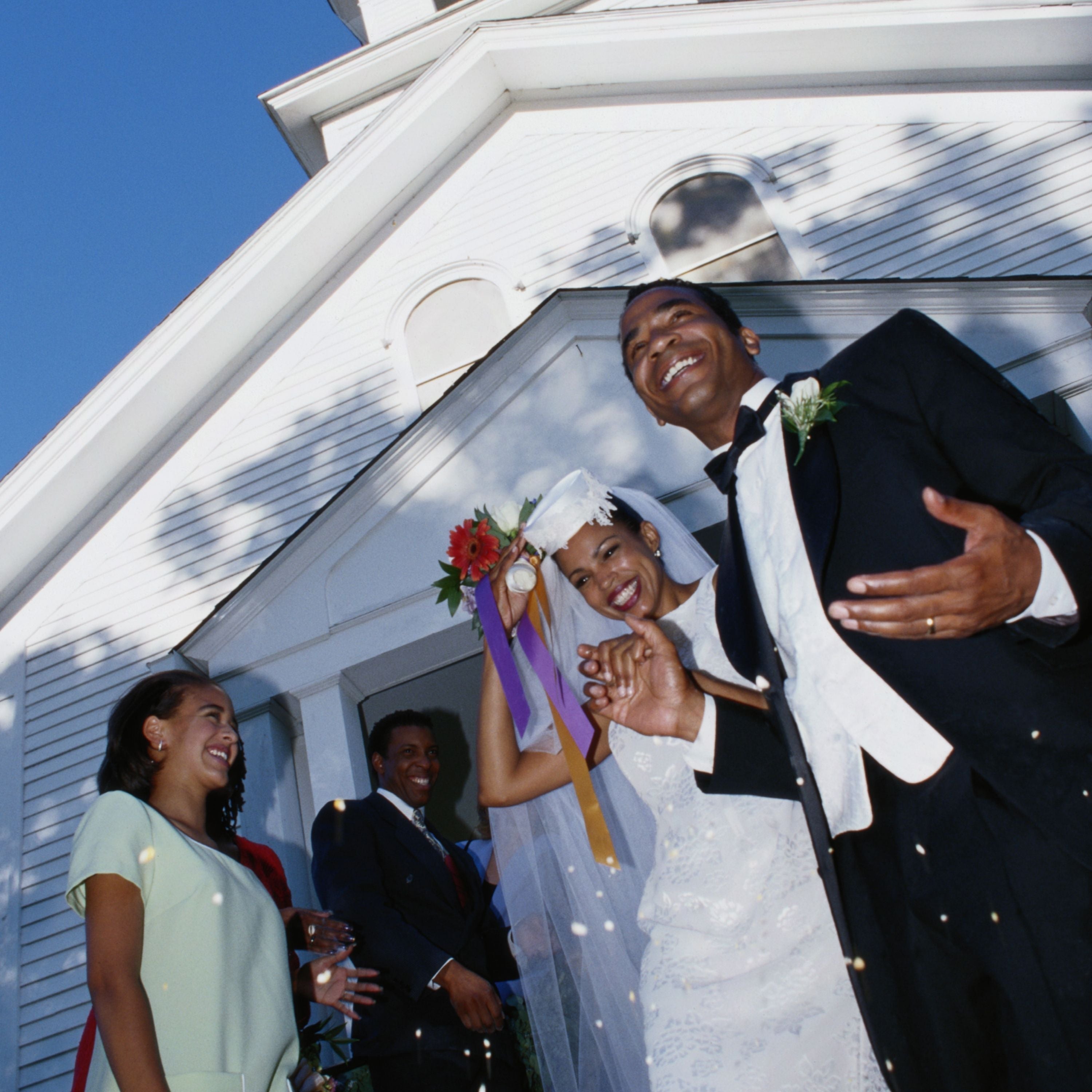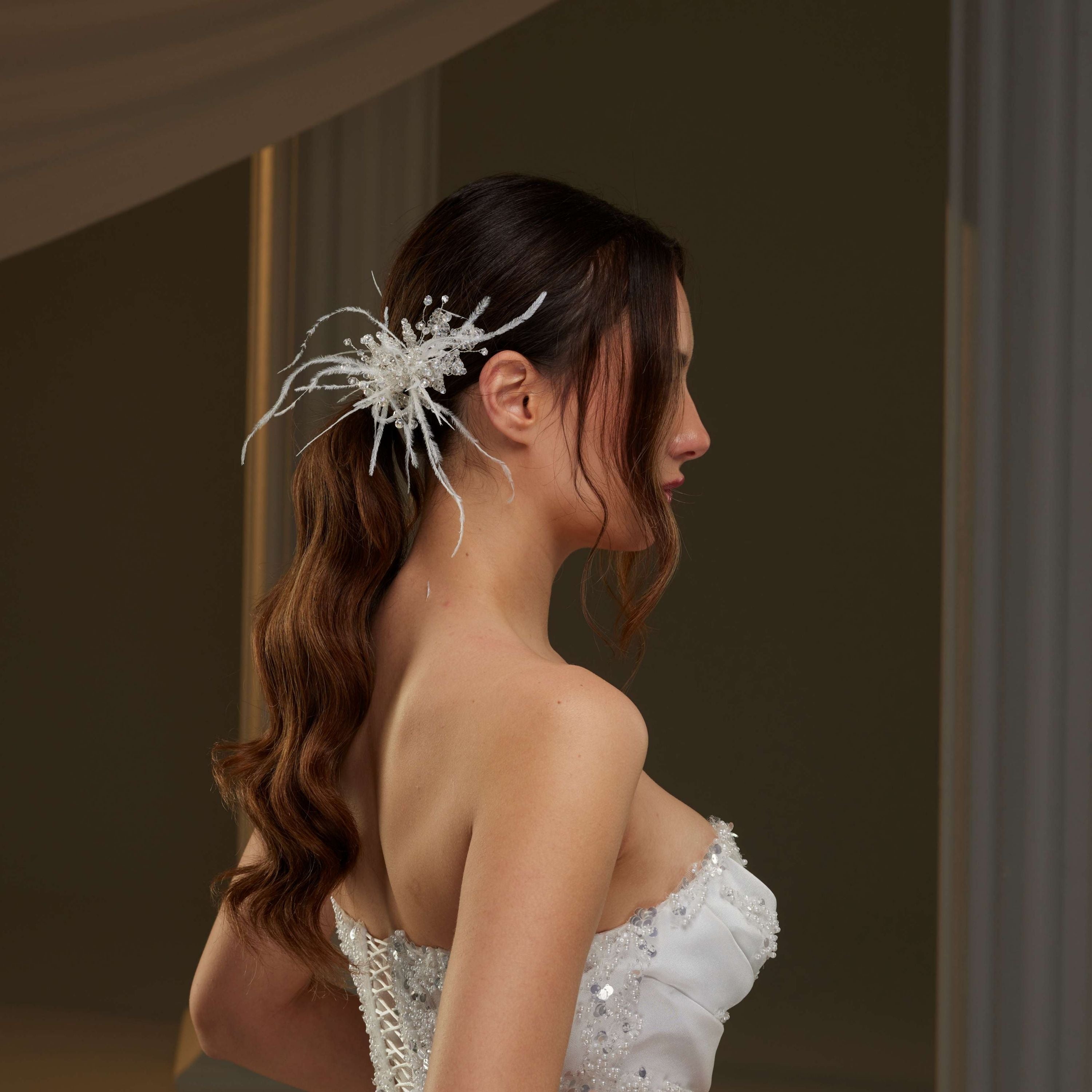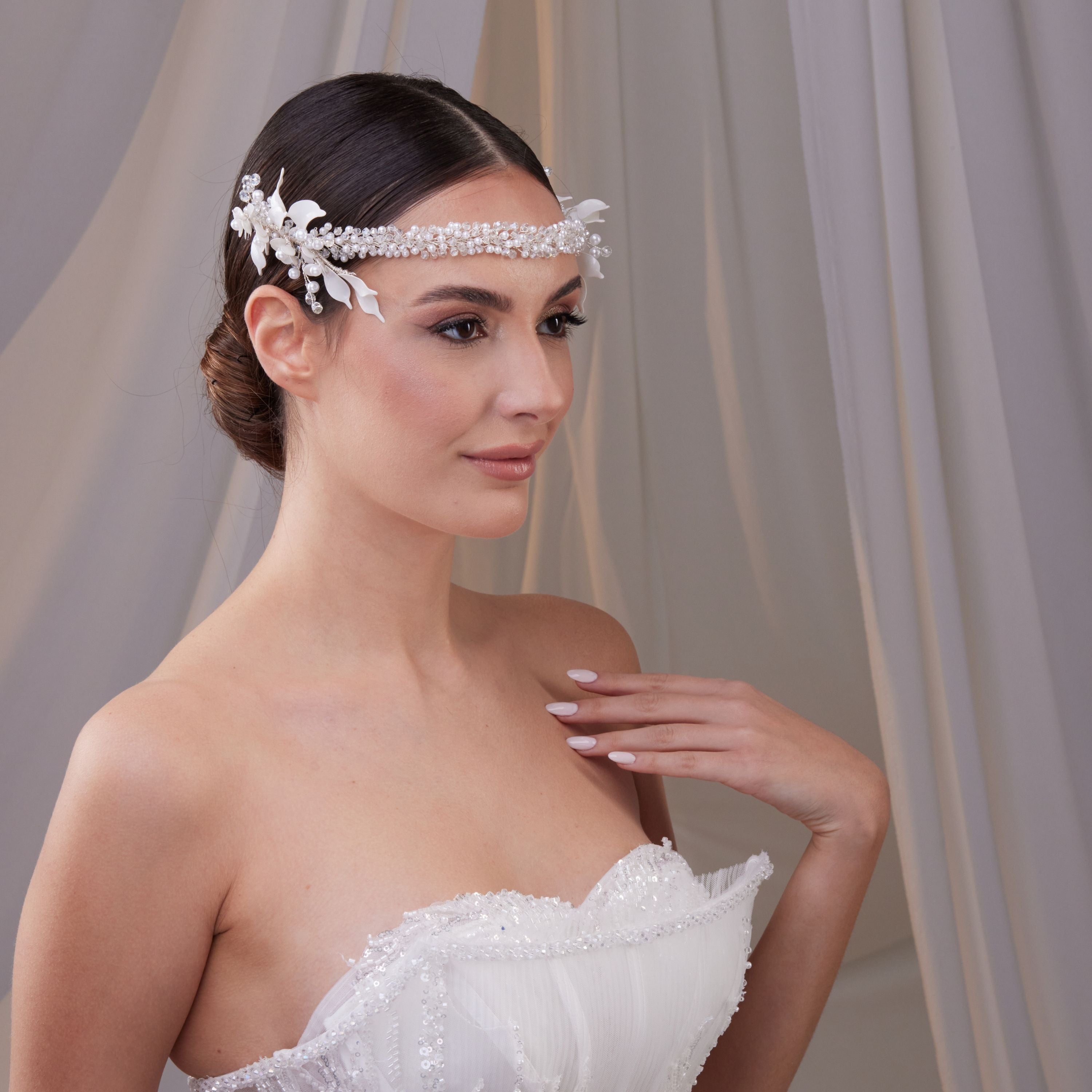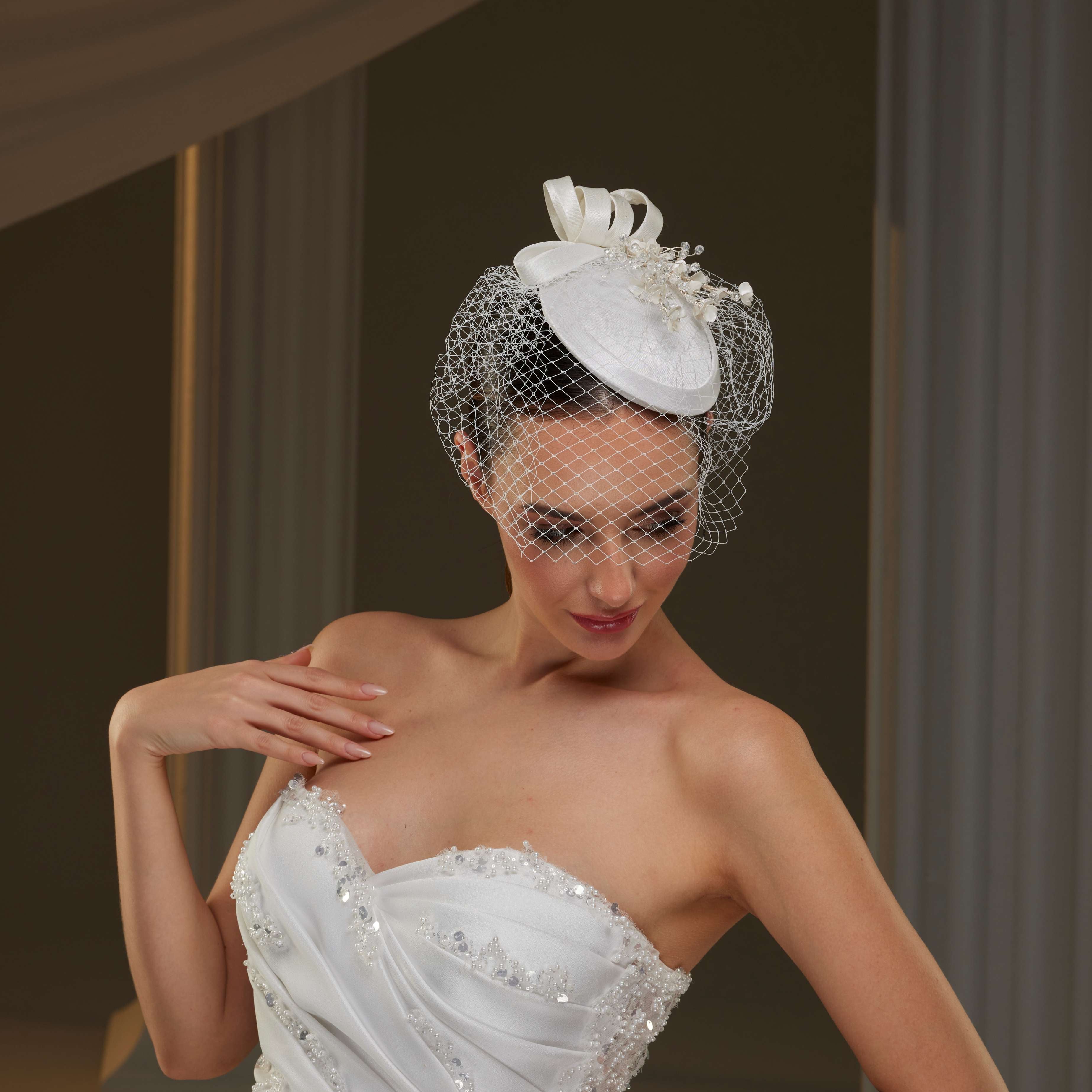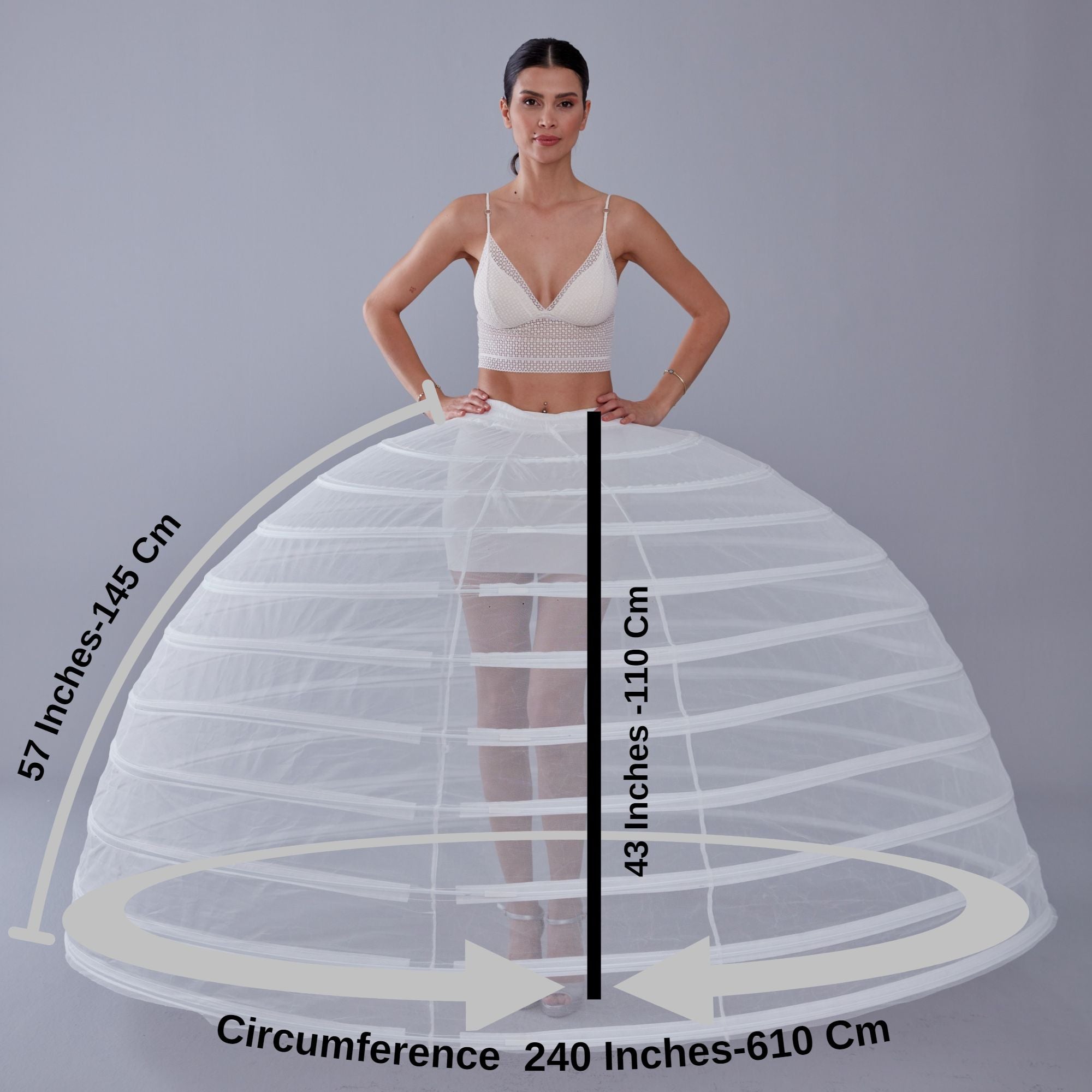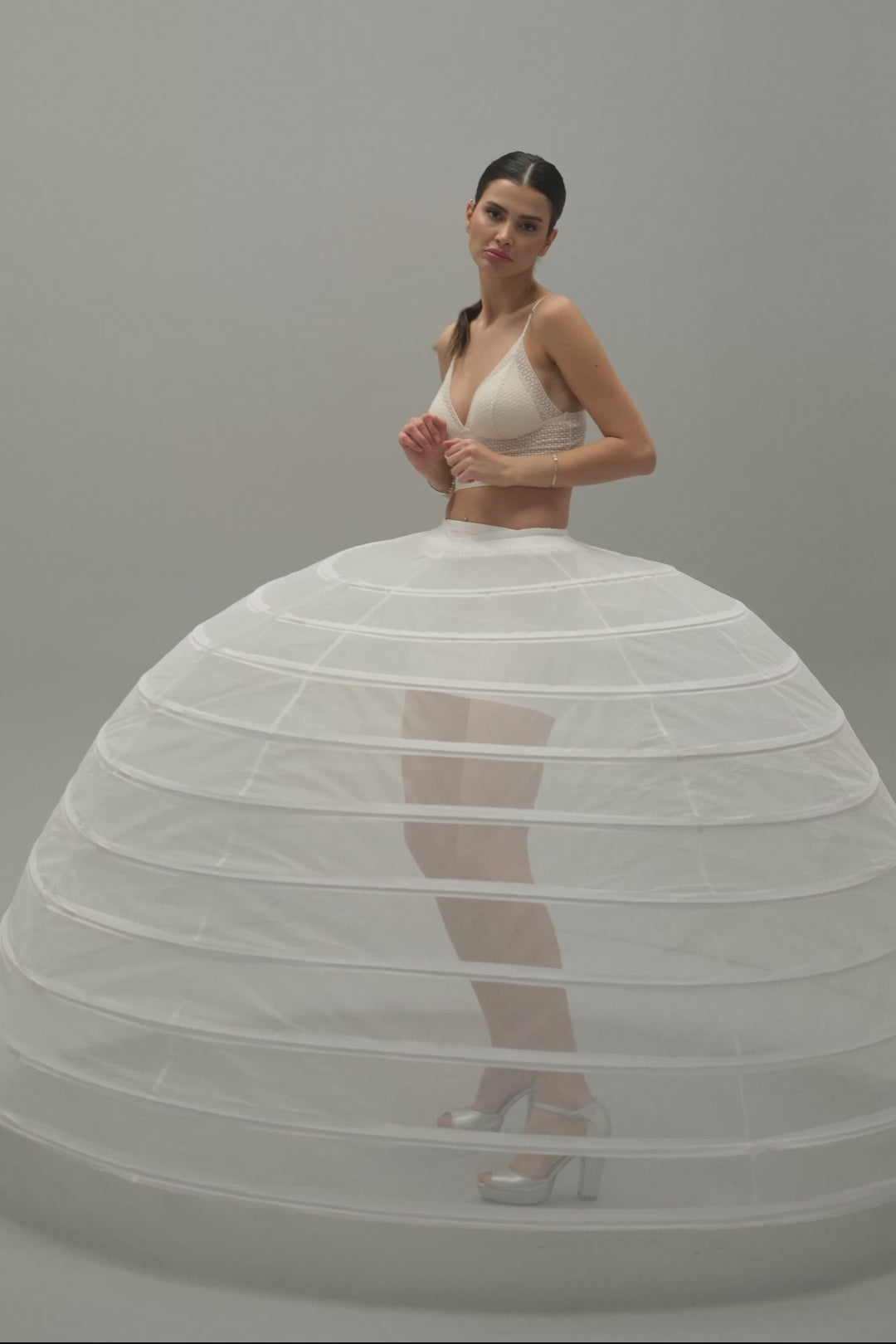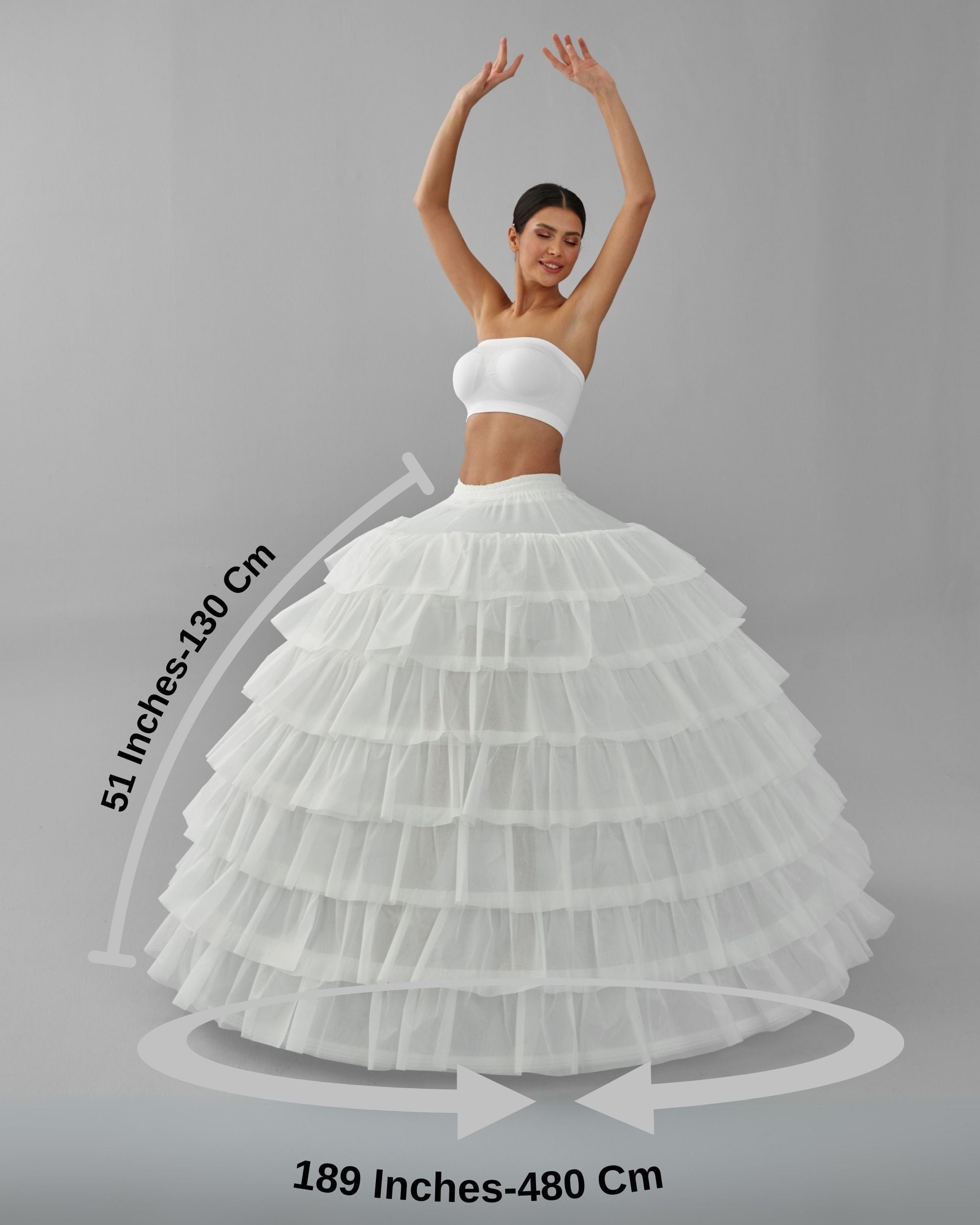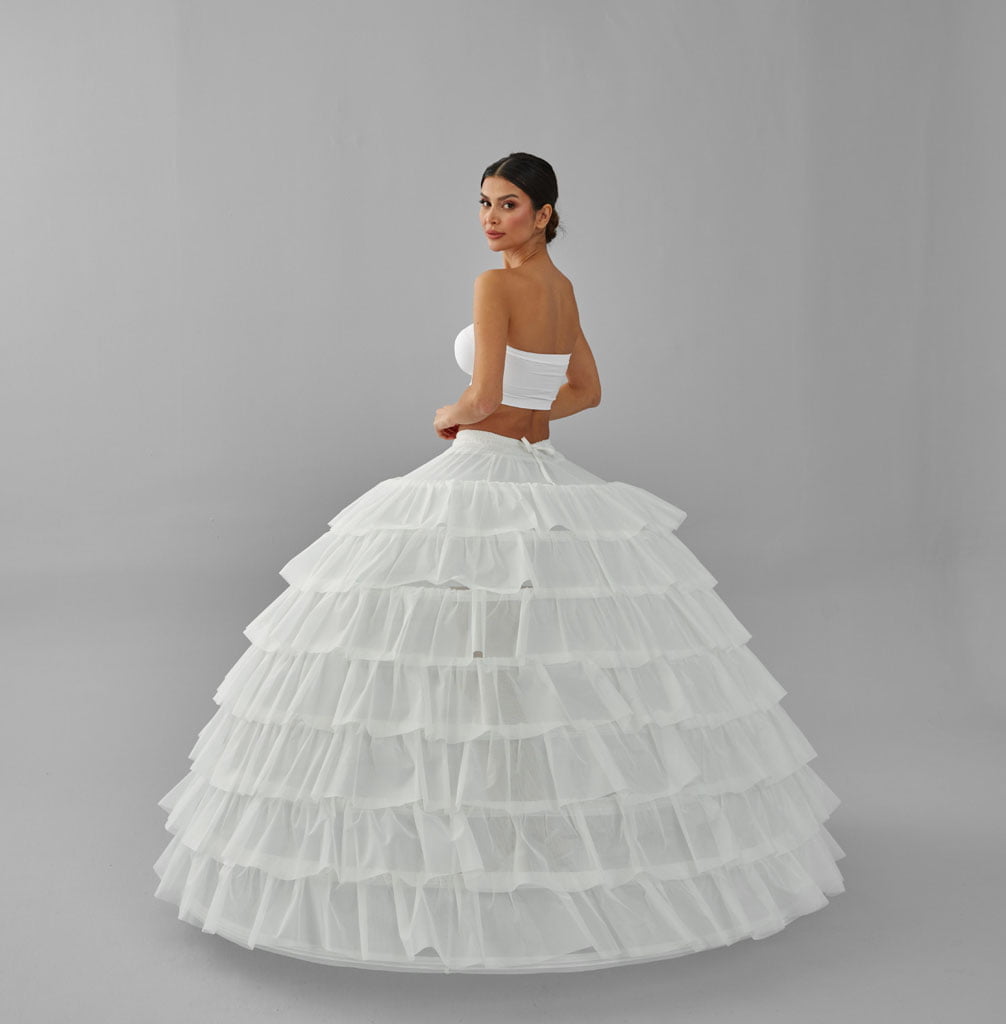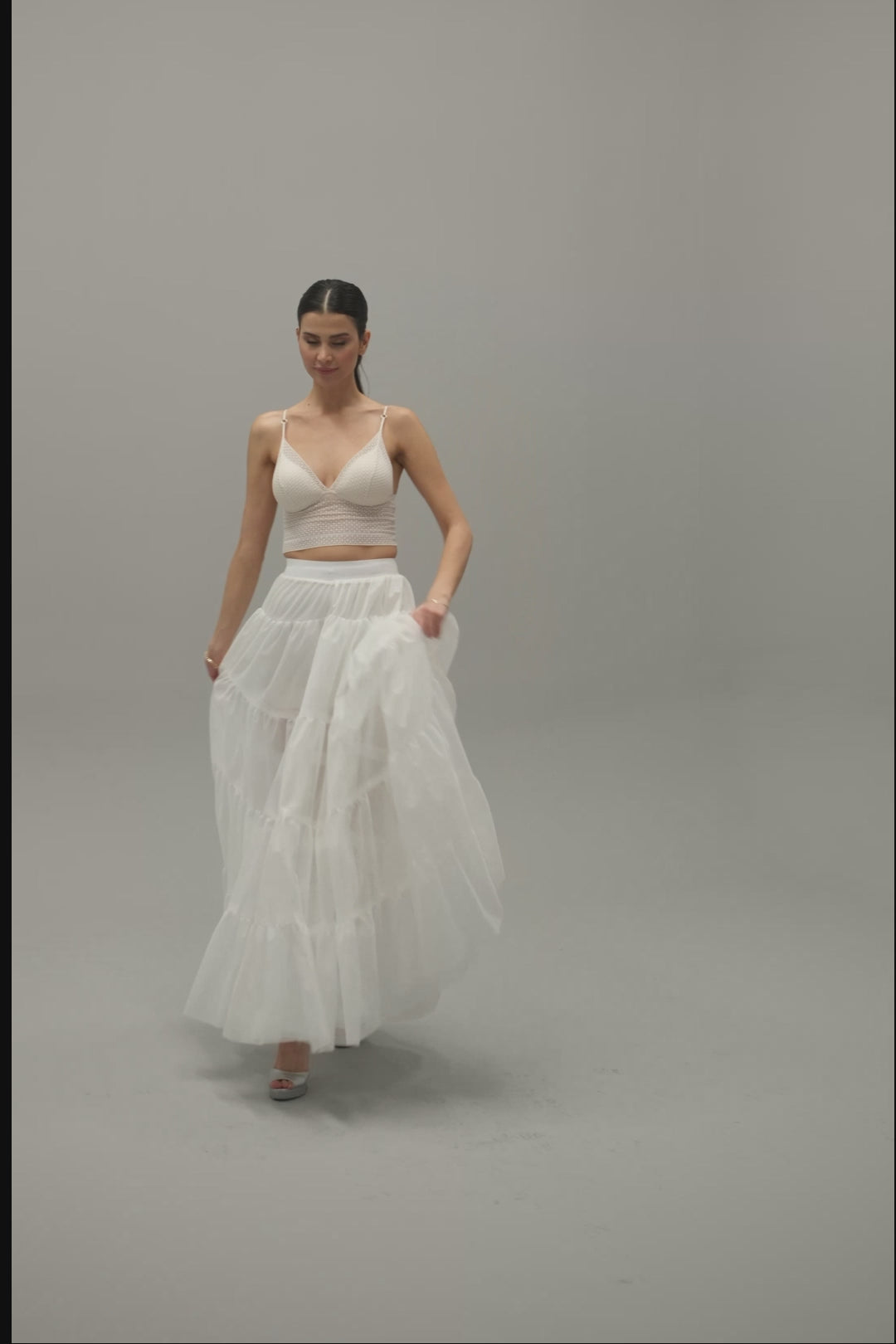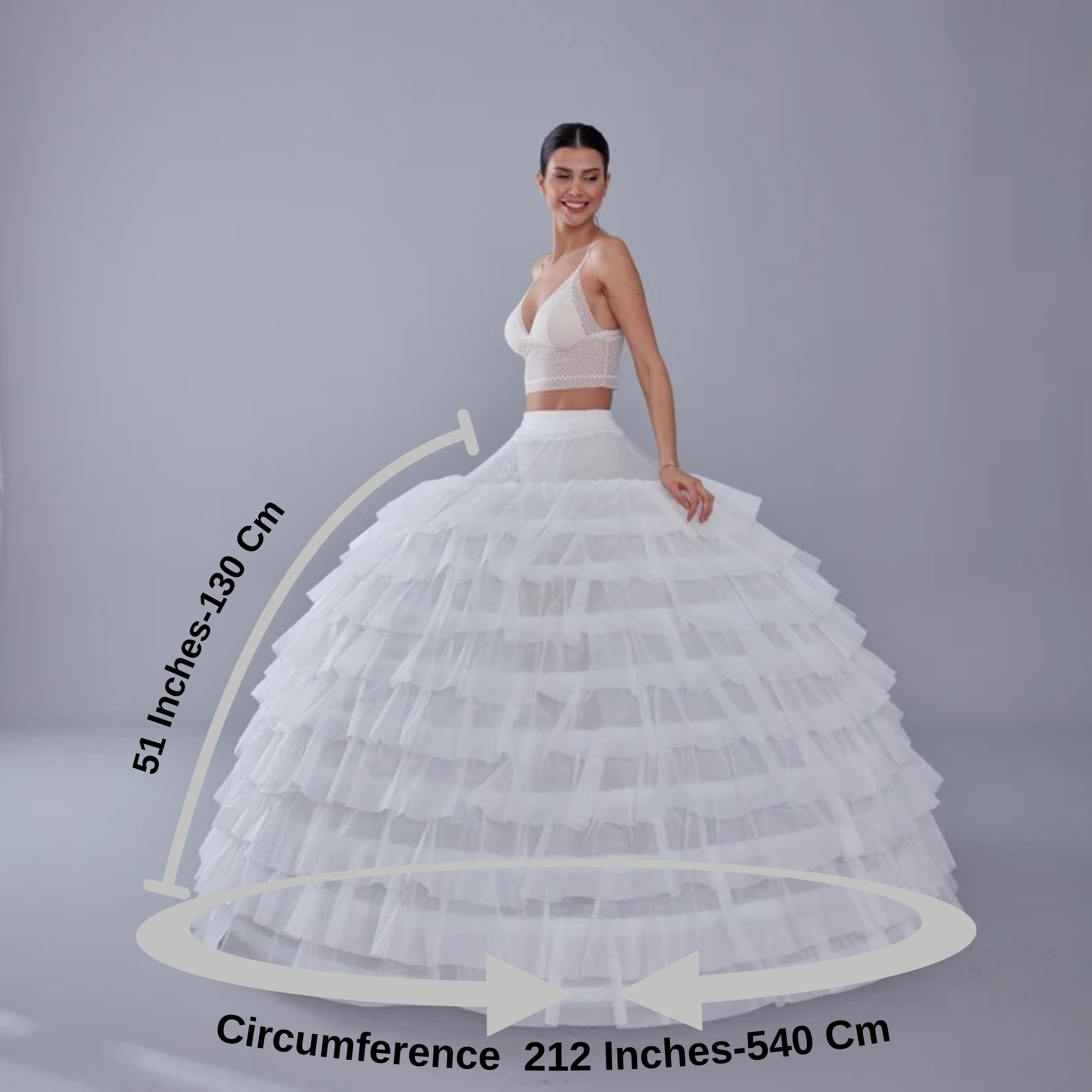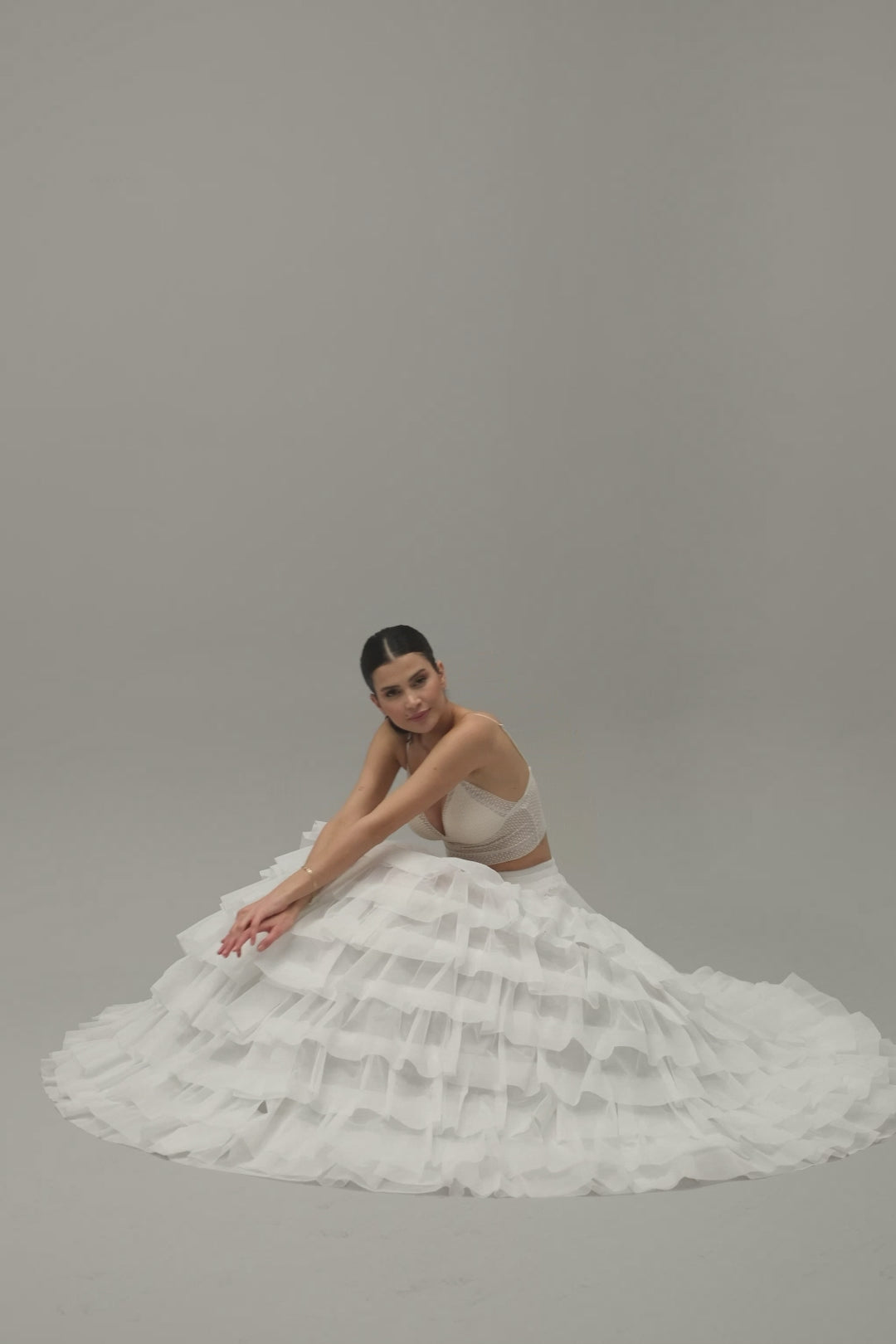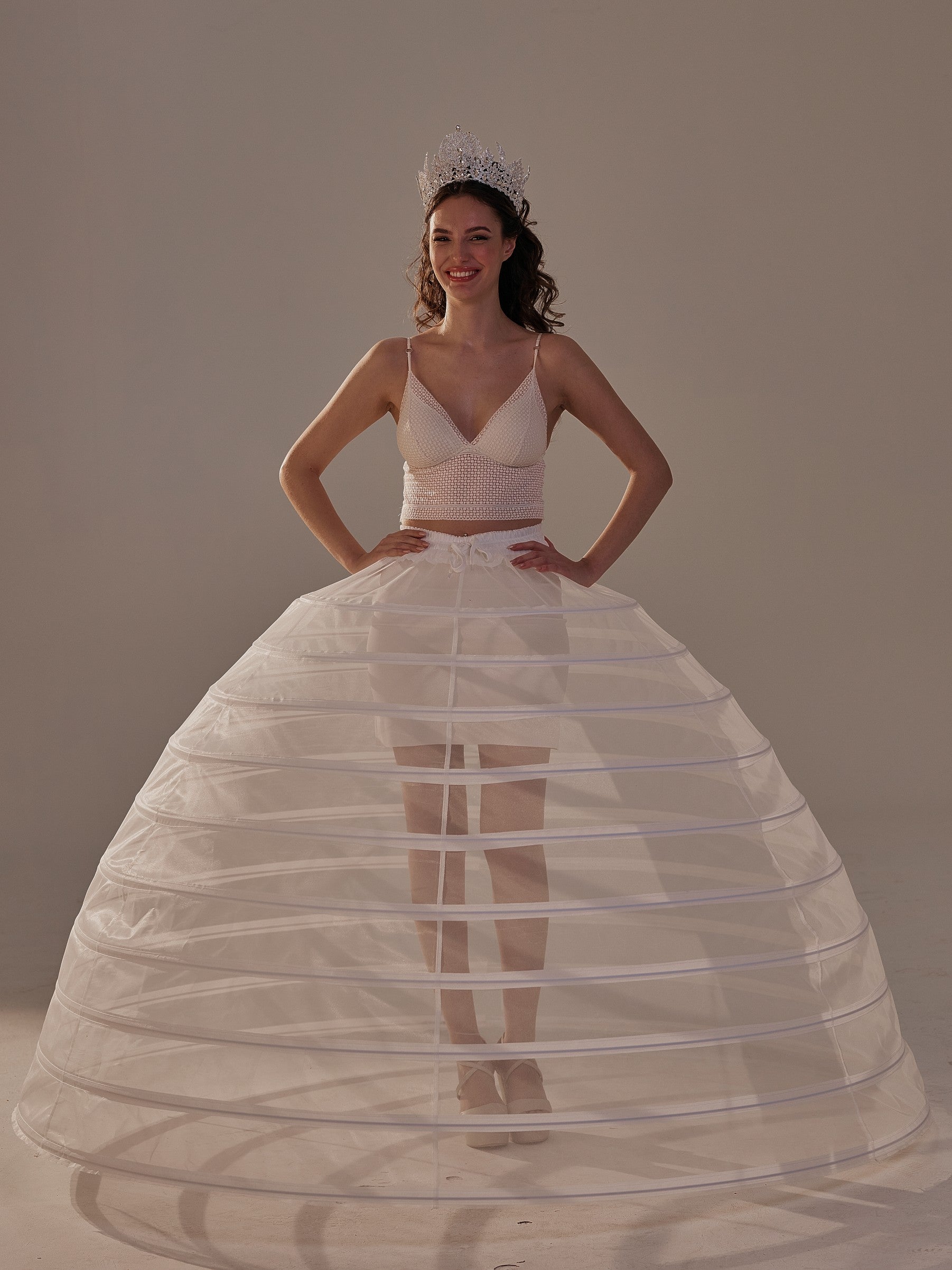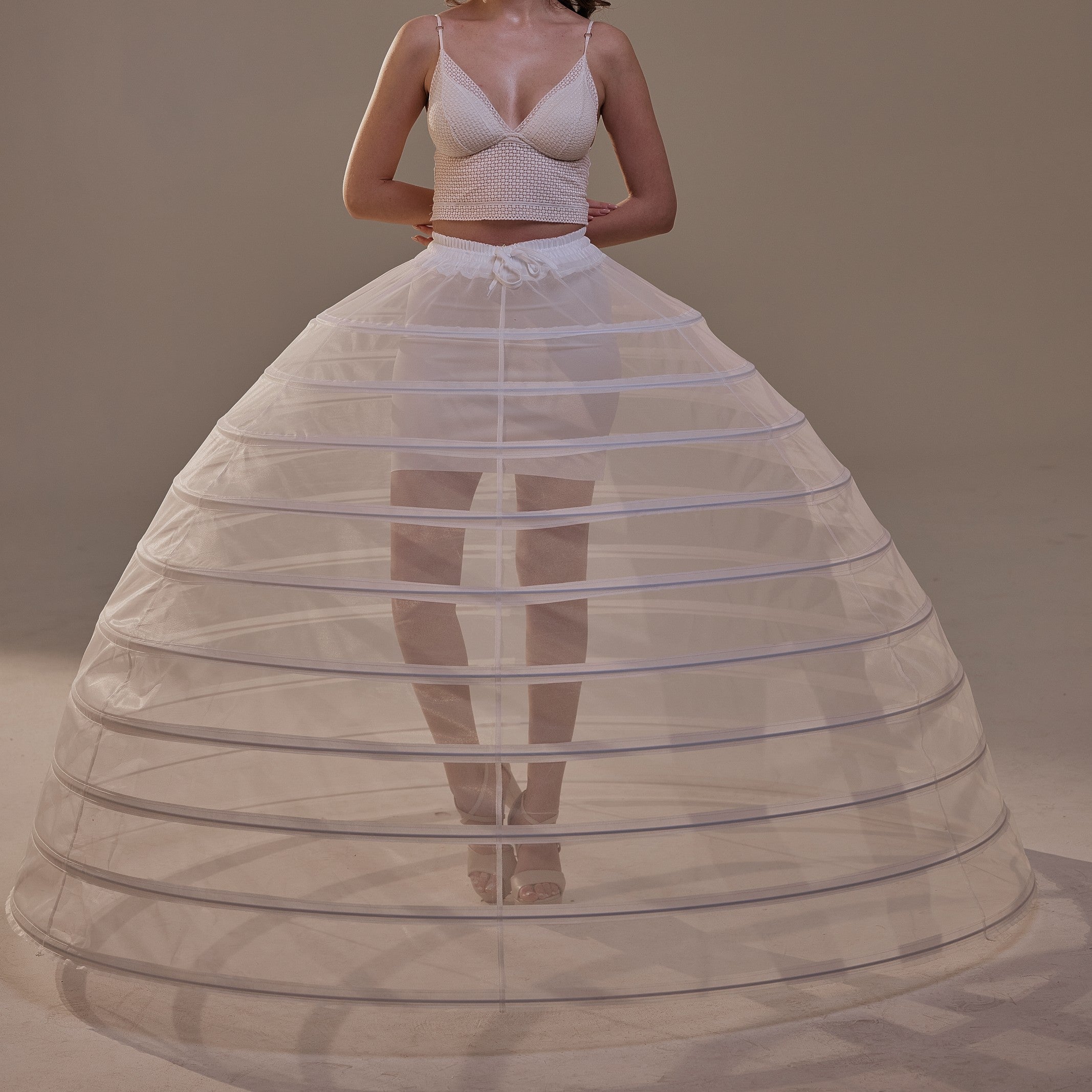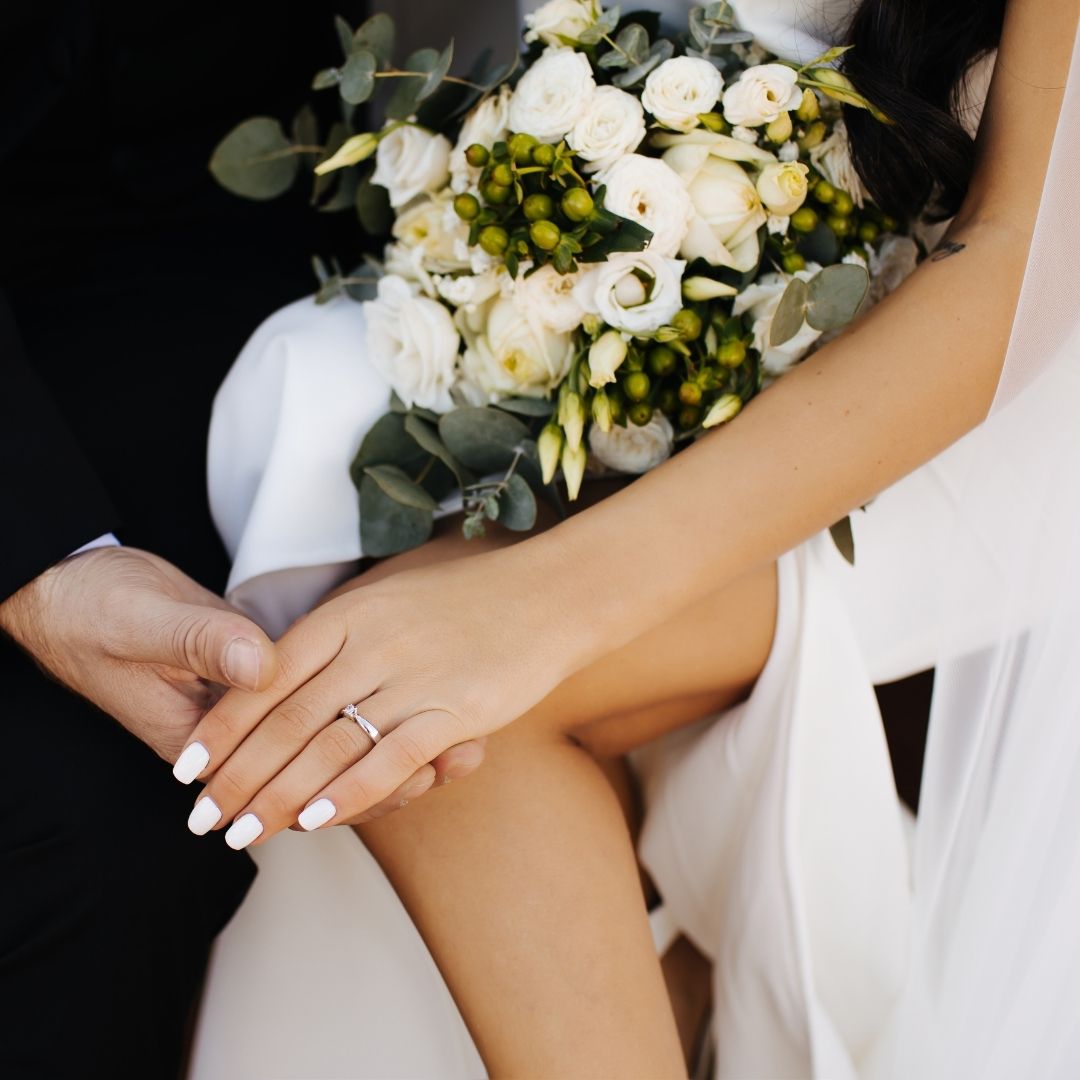
Wedding Rings: A Timeless Tradition of Love, Symbolism, and Cultural Significance
Wedding rings have a rich and fascinating history, symbolizing love, commitment, and unity for centuries. The tradition of exchanging rings dates back over 3,000 years to ancient Egypt, where couples would weave rings from reeds and other natural materials, exchanging them as symbols of their eternal bond. The circular shape, with no beginning and no end, represented eternity, while the empty space in the center symbolized a door to the future. As the tradition evolved, ancient Greeks and Romans adopted the practice, refining it into a ritual we now recognize in modern weddings around the world.

In ancient Rome, the ring became associated with the concept of fides, or fidelity. Roman men would give a ring to their bride as a symbol of trust and loyalty, a custom that slowly spread across Europe and became an integral part of Christian marriage ceremonies. By the Middle Ages, rings were crafted from precious metals, often adorned with elaborate engravings or gemstones. Diamonds became popular for engagement rings in the Renaissance, symbolizing strength and unbreakable love due to their hardness. The wedding ring itself remained a simple band, signifying purity and commitment.
The tradition of wearing the ring on the "ring finger" – the fourth finger on the left hand – also has roots in ancient beliefs. Romans held that the vena amoris, or "vein of love," ran directly from this finger to the heart, connecting the ring to one’s emotions and soul. Though modern anatomy has debunked the existence of this vein, the symbolism endures, adding a layer of romance to the placement. Today, in most Western cultures, the left hand is still favored for wedding rings, while engagement rings are often worn on the same finger and later stacked or interchanged after the wedding.
However, wedding ring traditions vary significantly around the world. In many European countries, including Germany, Norway, and Russia, couples wear their rings on the right hand, symbolizing honor and virtue. Similarly, in India, many regions and cultures favor the right hand for wedding rings, given that the left hand is traditionally seen as "less auspicious." Some cultures have even more unique customs; for example, Jewish tradition historically involved placing the wedding ring on the right index finger during the ceremony. After the ceremony, it may be moved to the ring finger as a matter of personal preference.

In addition to cultural variations, modern couples have embraced the freedom to customize their wedding ring traditions. Some people choose to wear engagement and wedding rings on separate hands, while others stack them on the same finger. For those who prefer to forgo a ring entirely, they might opt for tattoos, bracelet exchanges, or other meaningful symbols to represent their commitment. Rings themselves have also evolved, with popular choices including various gemstones, metals, and even non-traditional materials like wood, ceramic, or silicone bands that align with eco-friendly values or active lifestyles.
Today, a wedding ring remains one of the most universal symbols of love, cherished as a reminder of the promises exchanged on one’s wedding day. Whether worn on the left hand, right hand, or not worn at all, the significance remains deeply personal and reflective of each couple's unique story. In a world where traditions continuously evolve, the wedding ring endures as a timeless emblem of love, loyalty, and the beginning of a lifelong journey together.
Discover the timeless tradition of wedding rings and their symbolism. Let's follow Bridal Port blog to explore more articles on love, commitment, and wedding traditions!
